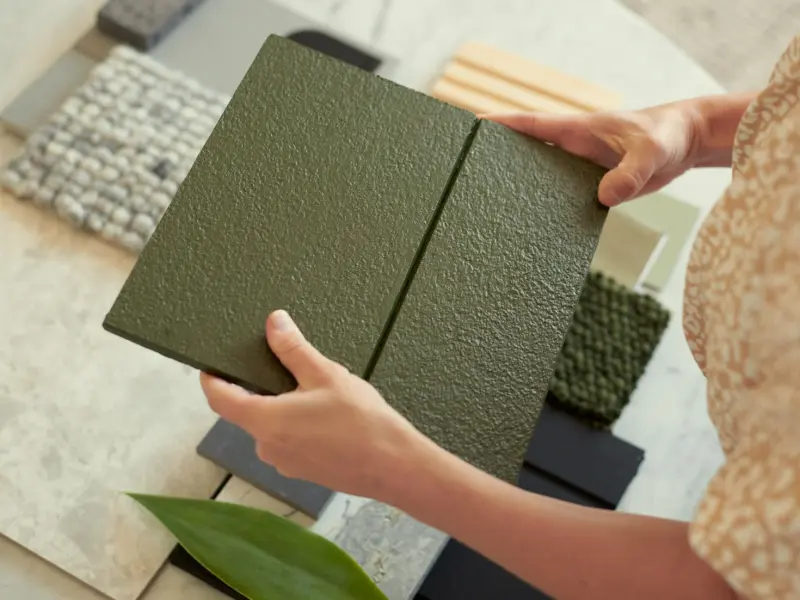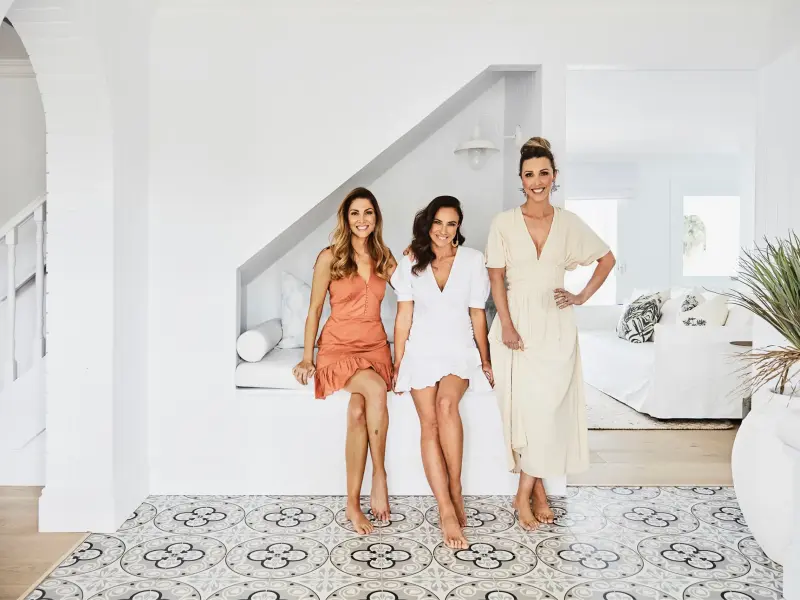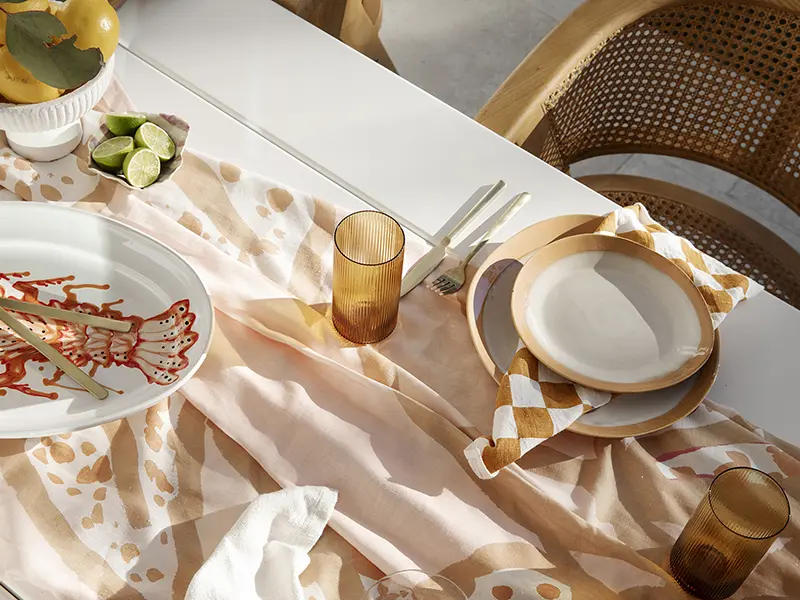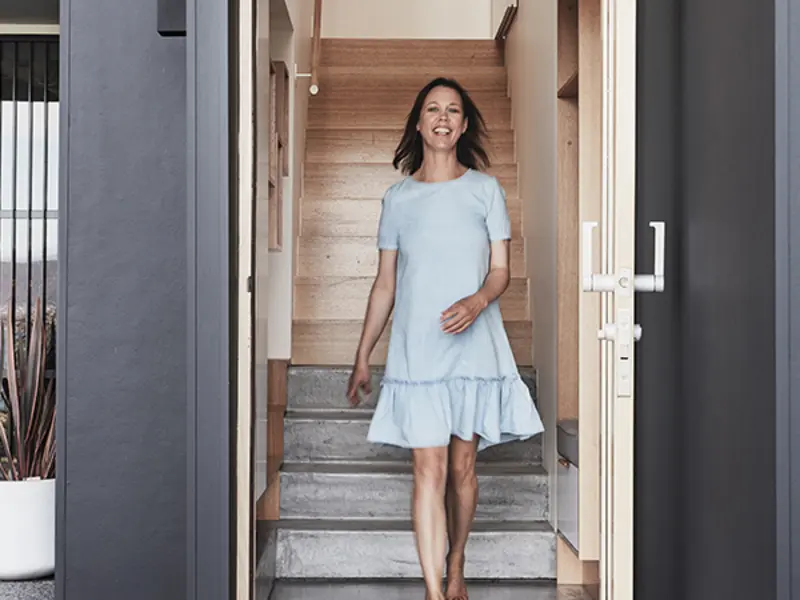
How to flip a house for profit
The highs and lows of renovating are addictive and prompt some people to dream about a life spent renovating for profit – also known as flipping houses. But how realistic is that as a career plan or investment pathway?
“Renovating for profit is buying a house with the intent to renovate it and sell it again. When you do this, it’s considered a business,” explains Rebeka Morgan of BuildHer Collective. Underestimate the complexities, and you may end up in the red. “The art is in understanding what the market wants and being able to deliver that in a way that’s cost effective enough to allow you to profit whilst doing quality work,” she adds.
To flip or not to flip
After a surge in national real estate prices during and after the pandemic lockdowns, property prices have started to cool. Along with interest rate rises, increased building costs, material shortages and cost of living concerns, you might question if now is the right time to start flipping houses.
“Now is a great time to do it,” says Rebeka. “It’s probably easier now than it was last year, when prices were up and people were buying unrenovated properties without caution. Now, the heat has come off the unrenovated properties and there’s so much fear around renovating that people are paying a premium for renovated houses. And that means that gap is substantial and there is good money to be made.”
She advises, however, to proceed with caution. Think about the fact that there’s capital gains tax associated with the sale of property purchased with intent to sell. Like every business, you must run your numbers. Factor in all the associated costs you might not have considered, including sales costs, real estate and marketing fees, stamp duty and conveyancing fees.
How to know if you’re up to the task
Regardless of the state of the market, the process of renovating a fixer-upper or building a new house is stressful. It takes a particular kind of personality to thrive under such conditions, and getting the right support is key.
Educate yourself with courses from groups such as BuildHer Collective, which will not only arm you with useful information, but also introduce you to a world of renovators – a community of like-minded women who want to see you succeed.
Personality traits of successful house flippers
Rebeka Morgan shares what it takes to succeed:
Do you thrive on an adrenaline rush? Can you handle multitasking, pressure and stress? Are you always dreaming of the next big thing?
Are you a creative problem solver with a positive outlook who thinks on your feet?
Can you see potential where others can’t? Is building and renovating a creative expression for you?
How to flip a house for profit
When building or renovating a home to sell, take a similar approach as you would if you were planning to live in it yourself. It’s those considered design touches that make it special to potential buyers, so don’t go too broad in your approach to design.
“Know your market and what they’re looking for, and tailor what you’re creating to them,” says Rebeka. “You want to stand out while not being polarising, and to create a product that people love. Too generic is not really appealing to anyone.”
That means choosing quality products that are durable, long-lasting and feel good to touch. “Much of the cost of the build is actually in the construction, so being careful about those choices and creating a space that looks and feels great without adding bulk is really important,” adds Rebeka.
The 3 details you need to get right
There are three things Rebeka Morgan always focuses on when developing to sell:
1. Quality exterior cladding: Beautifully textured and lightweight cladding such as James Hardie’s fibre cement range is easy and quick to install, but it’s still super durable and looks fantastic. Saving time saves you dollars, but you must always take care to do this in a way that doesn’t compromise the end result.
2. Quality interiors: Think about the things people touch and feel as they walk through the build. Everyone runs their hands along the bench, and they open doors to feel the weight and quality of them – they want to feel something solid, not flimsy.
3. Fittings & finishes: Tapware is another element that’s important to get right, and good windows are very important.
Remember: no profit, no point
“Flipping houses is really about buying something, adding value to it and being able to sell it for a greater price than you paid, plus expenses,” says Rebeka.
That means, if you haven’t properly run your numbers and don’t understand what all your cost items are before you begin, you may come out at the end with a profit that doesn’t appropriately pay you for the effort you put in.
“It can be really profitable, but it can also be a complete disaster,” says Rebeka. Build Her Collective offers resources such as this Feasibility Template to help you calculate the profit of your project.
For more renovation inspiration, download our Renovation Guide, and discover more about James Hardie’s stylish suite of exterior cladding here.
Renovation Guide
With the right help and advice, you can make decisions confidently, ensuring your home will be magnificent in years to come. Our Renovation Guide can help steer you through every stage in the process to help you achieve the renovation you’ve been dreaming of. Get a copy of the James Hardie Renovation Guide now.

Order a Sample
Ready to specify Hardie™ fibre cement products in your next project? Order a sample to help visualise your design decision. Paint samples in any colour to suit the vision you have for your dream home.






